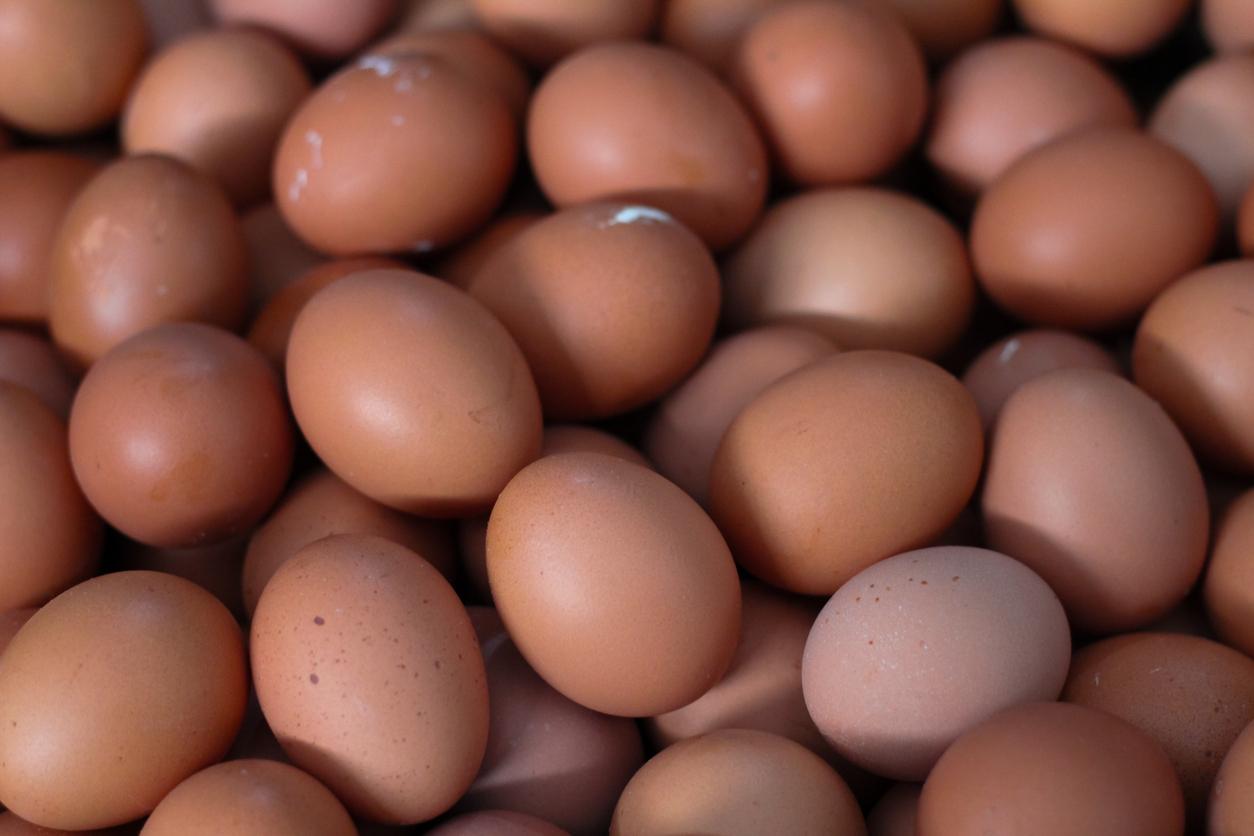Genetics, age, environment, education… many factors influence taste, it is also possible to learn to like foods that put you off.

- Many factors influence food preferences, including age, genetics and environment.
- However, 7 ways can help you learn to enjoy foods you don’t like, according to two researchers.
- For example, they advise remembering the benefits of the food or even tasting it in a positive context.
Kale, salmon, Brussels sprouts, celery… All of these foods are good for your health, and are highly recommended as part of a balanced diet. Unfortunately, they are not necessarily the most tempting and attractive for many of us. But, Nicolas Archer and Astrid Poelmantwo Commonwealth researchers Scientific and Industrial Research Organization (CSIRO) provided the keys to learning to love a wider range of foods.
Food preference: several factors at play
In their article published in the scientific journal The Conversation on November 24, the two scientists recognize that genetics and environment play a crucial role in food preferences. Furthermore, a large part of their determination takes place during childhood through contact with family and those around them. “It’s about learning by experiencing (while eating)which generally leads to a greater appreciation of food – or observing what others do, which can lead to positive or negative associations”they explain.
They specify, however, that the taste is not fixed. It evolves over time depending on each person’s age and experiences.
“Coffee and beer are good examples of bitter foods that people “acquire” a taste for as they grow up. The ability to overcome this aversion is largely due to the social context in which they are consumed. For example, in many countries they can be associated with the transition to adulthood.”they write. They also add that the effects of the components of these drinks – caffeine for one and alcohol for the other – can lead people to consume more of them. Other strategies can also help us learn to appreciate foods that were previously kept off our plates.
Food: 7 ways to learn to love unpopular foods
Nicolas Archer and Astrid Poelman have identified seven ways to learn to love unpopular healthy foods.
- Eat the hated food regularly in small quantities: “Only a small portion is needed to develop an appreciation for a specific taste over time. It may take 10 to 15 attempts or more before you can say you “like” the food.”explain the two scientists in their article.
- Mask the bitterness/taste by consuming it with other foods, condiments or sauces: “For example, you can pair bitter arugula with a sweet vinaigrette.”
- Enjoy the dish in a positive context: for example, you can eat it when you have dinner with people you love. “You can eat it with foods you already enjoy; if it’s a specific vegetable, try pairing it with your favorite protein”, add the authors.
- Eat the food when you are hungry: “If you’re hungry, you’ll be more willing to accept a taste that you might not enjoy on a full stomach.”
- Remember the benefits of this little-appreciated food: “You may be changing your diet for health reasons or because you’ve moved and have difficulty with local cuisine. Your reason will help motivate you.”
- Start eating a balanced diet young: “it is easier for children to learn to like new foods because their tastes are less established”recall the researchers.
- Eat a wide variety of foods: the more foods you like, the easier it is to learn to like those you don’t know or know a lot about.
















